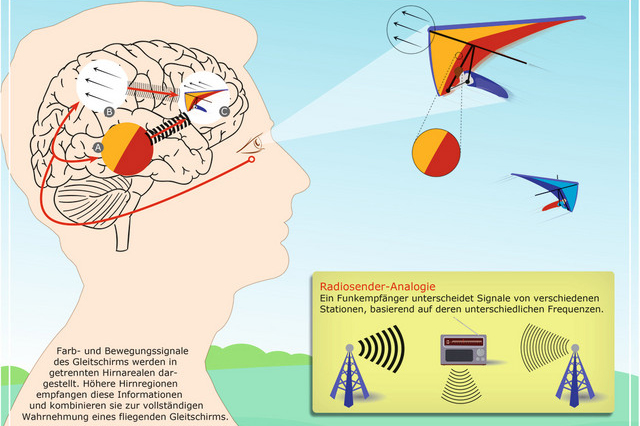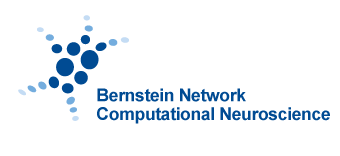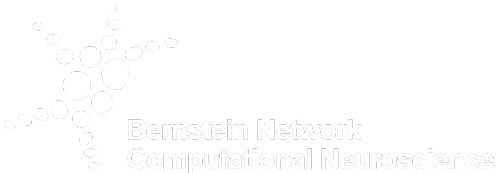It´s the rhythm that counts
How rhythmic brain activities shape our perception
Focusing on what's important - this is one of the main tasks of our brain. After all, countless amounts of information are constantly flooding our senses. But how do we manage to separate the important from the unimportant? It has long been known that oscillatory neural activity is a key factor for this attentional selection in the mammalian brain. Scientists from the German Primate Center in Göttingen and the University of Melbourne have now investigated how this works. They found that coupling lower frequencies of oscillations with higher ones allows fine-tuning the brain and is thus the basis for higher cognitive functions, such as selective attention (Trends in Neurosciences).

Similar to how a radio receiver identifies the radio transmitter from which a signal originates (inset at the right bottom), high level areas of our brain distinguish the source of a neural input activity based on its characteristic frequency. In the drawing of a human brain A and B mark brain areas devoted to analyzing color and motion direction information, respectively and C denotes high level brain areas that combine the information about individual visual features into a unified percept of visual objects. In this example, the color and motion direction of the tracked glider are separately analyzed in areas A and B, and then combined in area C to create our single perception of all the features of the glider. Image: German Primate Center
Bernstein member involved: Stefan Treue
Contrary to our intuition, the precision with which we perceive the real world is not stable in time, rather it rhythmically fluctuates between high precision and low precision states several times per second. These fluctuations follow rhythmic electrical activities in the brain. Electrical rhythms of the brain range across different frequencies, from 1 to 250 hertz. Using these different frequencies the brain regulates how relevant information is transmitted between different brain regions. A group of neuroscientists from the German Primate Centre, Goettingen, Germany and the University of Melbourne, Australia has critically reviewed the evidence on this subject and shows how these frequencies may determine fundamental perceptual processes in the brain.
Cross-frequency coupling enables selective attention
One basic phenomenon observed throughout brain areas is that slower rhythms (approx. 4 to 8 hertz) modulate the strength of a faster rhythm (approx. 40 to 80 hertz). This is known as cross-frequency coupling. The pair of frequencies coupled to each other varies, based upon the cortical area and its function for behavior. In some instances, attention may cause nerve cells to become de-synchronized, allowing them to carry different informations, like when one string instrument plays a different melody from the rest of the orchestra. In others, attention may lead to the activation of large numbers of neurons to maximize their impact. ”These two different functions may be organized in the brain through cross frequency coupling,” says Moein Esghaei, one of the authors.
Distinguishing between different types of information
The simultaneous existence of different frequency bands in the brain also helps tagging different modalities of information arriving at the same brain region. For example colour and direction of a hang glider flying in the sky. “Our brain routes information about color and motion through different frequencies to higher order brain areas, just like telecommunication systems transmitting different types of information to the same receiver,” says Moein Esghaei.
Understanding neurological diseases
“The rhythmic activity of neuronal networks plays a critical role for visual perception in humans and other primates,” summarizes Stefan Treue, head of the Cognitive Neuroscience Laboratory at the German Primate Center as a co-author. “Understanding how exactly these activity patterns interact and are controlled, not only helps us to better understand the neural basis of perception, but also may help to elucidate some of the perceptual deficits in neurological conditions, such as dyslexia, ADHD, and schizophrenia.”




